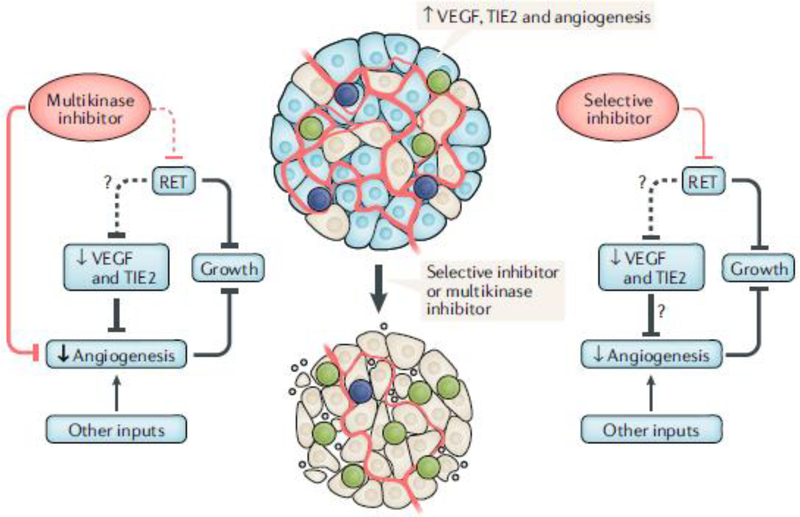Fig. 1 |. Highly selective versus promiscuous kinase driver inhibitors.
Tumour growth in RET-mutant thyroid cancer is driven by constitutive RET activation and enhanced angiogenesis. The multikinase inhibitors vandetanib and cabozantinib inhibit VEGFR2 and decrease angiogenesis but might not consistently inhibit RET kinase in vivo because of their narrow therapeutic window. The selective RET inhibitors LOXO-292 and BLU-667 do not target vascular endothelial growth factor (VEGF) receptor 2 (VEGFR2), MET or EGFR but probably exert their antitumour effects through blocking the primary oncogenic driver of the disease and seem to have a better safety profile. RET, rearranged-during transfection; TIE2, tyrosine kinase with immunoglobulin-like and EGF-like domains 1.

